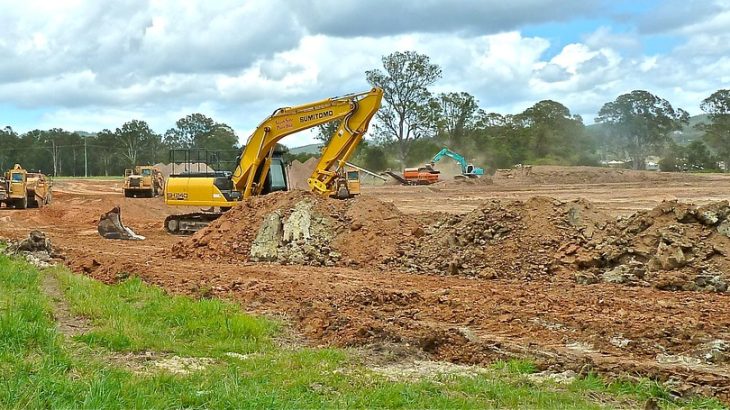You have a construction project that requires earthworks, but you don’t know who to call to do it? It is essential to know that there are different types of earthworks, and sometimes it is other professionals who take care of it.
What Is Earthwork?
First of all, it is better to know what is an earthwork to understand your project better. Indeed, in practice, this work is far from being only the operation of digging and moving earth. In reality, it includes everything that is done to prepare land before constructing a building. It can be the development or transformation of the exterior space or trenching, excavation, removal of soil or transport of waste.
Types of Earthworks
The classic earthwork is the most used type for a construction project. It consists of preparing the ground to receive the first construction elements. The work consists in digging to integrate the concrete of the foundation. There may also be backfilling, excavation, or leveling work.
Surface earthwork is all the work done to level the ground. It includes stripping or removing the surface parts of the soil. Soil or rocks can indeed be significant obstacles to construction. These are usually the factors of unevenness of the ground; that’s why the preparation work is concentrated on it. But the opposite case may occur. In other words, there are holes and pits on the land. In this case, the work consists of filling and leveling the soil to have a flat and compact surface. This is called backfilling.
Excavations are essential in earthworks, although they are not very common. They are mainly applied on weak soil to release the volumes of the basement. They can be in cuttings with a width of earthwork of more than 2 meters above the ground level.
Instead, it is a question of excavation for an earthwork of more than two meters below ground level. This is the type of earthwork used to construct cellars, basins, or swimming pools. They are designed to receive pipes and technical ducts. The last type of excavation is gully excavation. Its particularities are its dimensions which do not exceed 2 meters in width and 1 meter in depth.
The evacuation of earth or rubble is also part of an earthwork operation. Indeed, soil removal is an integral part of the earthworks because it allows the transformation of the land into a surface ready to build. It can be done manually by shoveling.
There are 3 techniques for this: the shoveling on a bench where the excavation is deposited on an intermediate bench before being recovered to be deposited at the edge of the excavation. This technique is used on extensive excavations of more than 1.80 meters.
Below this height, the technique is known as “jet on bank” is used. It consists in simply throwing the spoil at the edge of the excavation. And for works without excavation, we speak about horizontal jet to project the spoil at a horizontal distance of 2 meters at the most. These techniques can be used for both small and large jobs. Earthworkers use various construction equipment such as mechanical shovels, excavators, graders, bulldozers, etc.



















